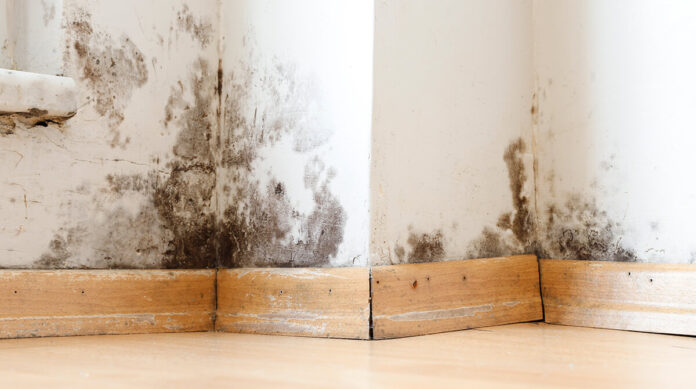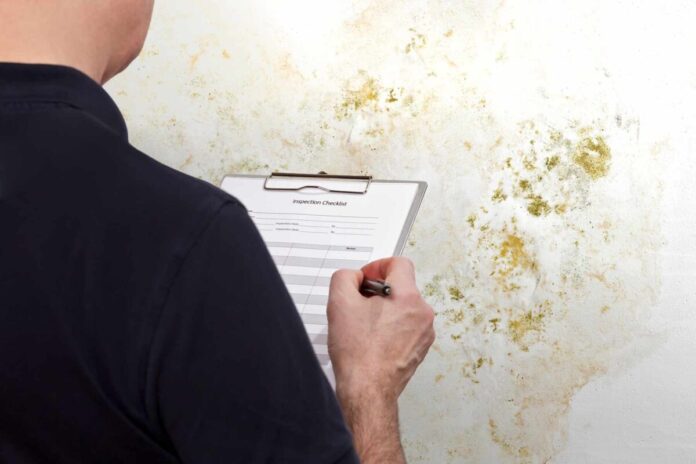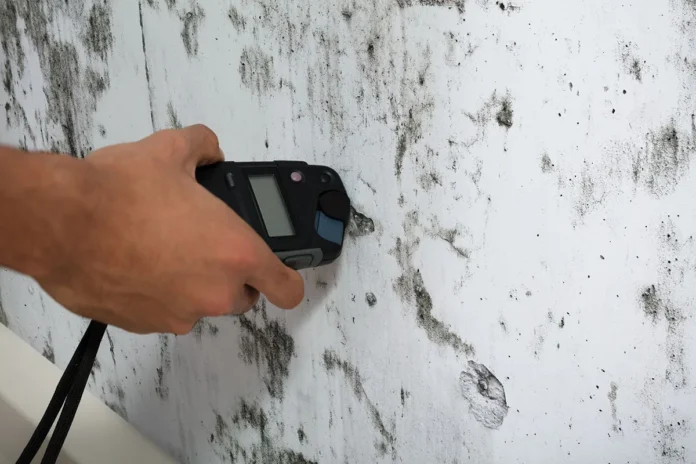When it comes to mold testing, navigating the murky waters between do-it-yourself assessments and professional intervention can be daunting. Mold, the stealthy invader lurking in damp corners and behind walls, poses not just aesthetic issues but significant health risks as well.
Homeowners often find themselves questioning: “Should I trust my instincts and tackle this challenge alone, or is it wiser to call in the experts?” Armed with a willingness to learn and a few essential tools, many are tempted to embark on a DIY journey, hoping to save time and money. Yet, the line between a simple task and a complex problem can be surprisingly thin.
In this guide, we’ll explore the telltale signs that indicate when you can confidently proceed on your own and when it’s best to enlist the help of seasoned professionals, ensuring that your home remains a safe haven, free from the hidden dangers of mold.
Understanding Mold: Types and Health Risks

Mold is not just an unsightly intruder in our homes; it comes in many forms, each with its own associated health risks. From the common black mold, notorious for its connection to respiratory issues and allergic reactions, to the more benign species that may go unnoticed, understanding these fungal varieties is crucial.
Some molds release spores into the air, which can trigger asthma attacks or exacerbate existing health conditions, particularly in vulnerable populations like children, the elderly, and those with compromised immune systems. It’s the hidden dangers that often pose the greatest threat—mold can thrive in damp, forgotten corners, quietly spreading its influence while homeowners remain blissfully unaware.
Thus, recognizing the signs of mold growth and knowing when to take action is vital for safeguarding your home and health.
Signs of Mold Growth: What to Look For

When it comes to identifying mold growth, a keen eye can make all the difference. Look for dark spots, usually black, green, or even white, lurking in damp corners or creeping along walls.
Musty odors often signal an unseen problem; if your home smells like old, wet socks, it’s time to investigate further. Pay attention to water stains on ceilings or walls, as they can indicate previous leaks—an inviting environment for mold.
High humidity levels also pave the way for its growth, so keep tabs on areas like basements and bathrooms. The presence of allergies or respiratory issues that intensify indoors may also point towards mold hidden behind walls or under carpets.
If you notice any of these signs, it might be time to roll up your sleeves or call in the pros.
The Costs of Professional Mold Testing vs. DIY Solutions

When weighing the costs of professional mold testing against DIY solutions, the financial and emotional stakes come into sharp focus. On one hand, hiring a professional can be a significant investment, often ranging from a few hundred to several thousand dollars, depending on the extent of the mold issue and the size of your property.
This price tag can offset your peace of mind, providing comprehensive testing, expert analysis, and a clear plan of action for remediation. Conversely, DIY mold testing kits, while tempting in their affordability—often costing between $20 to $100—may not always deliver reliable results.
The allure of saving money can be overshadowed by the risk of misdiagnosis. After all, relying on a simple spore trap might overlook hidden colonies.
In a battle against an invisible foe, sometimes the cost of going it alone can lead you down a murky path, where what you save in dollars could ultimately be lost in the health and safety of your home.
Conclusion
In conclusion, DIY mold testing can be a valuable first step in addressing potential mold issues in your home, giving you a sense of control and awareness of your living environment. However, understanding your limits is crucial; not all molds are created equal, and certain types, such as black mold, can pose significant health risks if not handled properly.
While home testing kits can provide initial insights, consulting with professionals for Black Mold Testing is advisable for thorough assessments, particularly in cases of extensive mold presence or uncertainty about the implications of your findings. Striking a balance between your own efforts and expert advice ensures that you maintain a safe and healthy home.




